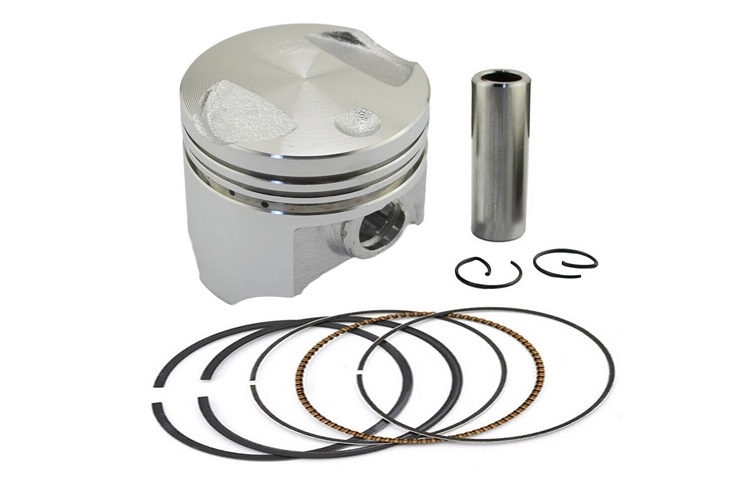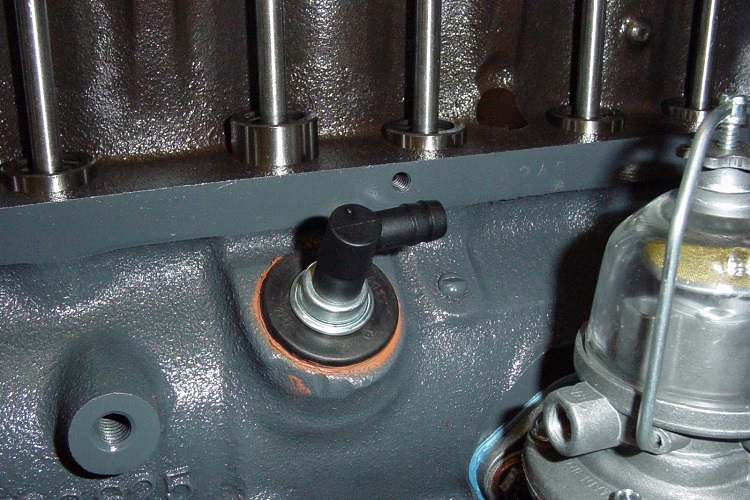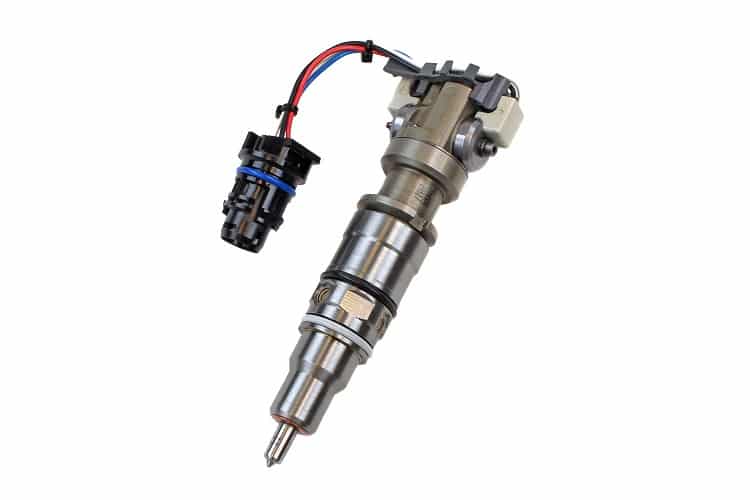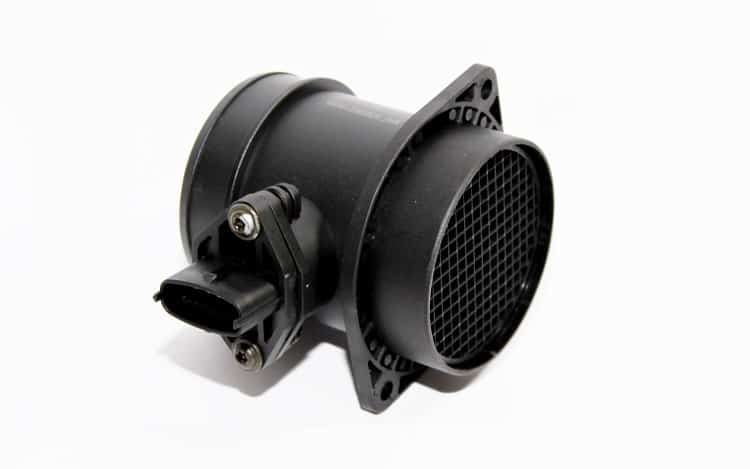
Oil Smells Like Gas: Should You Be Worried?
An oil dipstick leaking gas is an indication to be concerned about, and the condition of your automobile should worry you.
If the oil and gas are mingling, and the oil smells like gas, it’s important to deal with it as soon as possible to avoid significant wear or even machine lapse due to incorrect viscosity levels.
The main reason for gasoline odors in engine oil is that the piston insignia have worn down. The three fluids that should not be combined through an engine are coolant, petrol, and oil. Any breaches in the seal must be handled instantly.
Other reasons for engine failure include an ill-timed computer chip reset, a malfunctioning fuel pressure control system, and so on.
Too much gasoline seepage into the oil may be caused by an excessively rich air-fuel mix due to an improperly timed computer chip reset, faulty fuel injectors, frequent short trips, spark plugs, and other sensors.
PCV System & Piston Rings

A pendant ring is held in place by two pockets cut in the piston head at the top. The first ring prevents potentially harmful air-fuel and exhaust gases from entering the crankcase, while the third scrape oil off of the cylinder wall and back into the engine.
The piston seal rings are inadequate. The rings are trimmed in one place and made of spring steel, allowing them to extend and tighten with the engine’s changes.
This results in the rings coming into touch with the cylinder walls on a regular basis, but there will be a space between the ring ends where they do not connect.
This is why oil and blowby enter an engine’s crankcase during routine operation, and gasoline enters as blowby to let people feel that the oil smells like gas.
Blowby allows some of the combustion vapors and exhaust vapors to enter the crankcase. However, at a tiny level, it does happen. From all of the gases entering the engine, the favorable crankcase ventilation (PCV) system forces them back into the intake for reuse.
A leaking PCV, on the other hand, will make oil smells like gas and leak as pressure drives oil out through seals and piston rings.
Pistons rings that are damaged create similar symptoms to a malfunctioning PCV, including a substantial loss of power as the condensation falls.
Because of the piston rings and the beneficial crankcase ventilation valve, not because of other reasons. The remaining factors only aggravate the situation.
Transforming the piston rings necessitates an entire engine disassembly, but replacing the PCV valve is not difficult.
Changing A PCV Valve

It’s a simple and straightforward task to change the PCV valve. It’s a simple plug-in device that you’ll find in your car.
Locate the position of the PCV valve on your car, disjoin the rubber tube from one end, then remove the valve. Install a new valve and reconnect the hose to finish the job.
There Are Other Reasons For A Gasoline Smell
It’s easy to see why you’d want to look for the source of your problem somewhere else, since replacing piston rings may cost thousands of dollars. It’s only natural that you’d research the problem elsewhere while it’s still under warranty.
It’s also conceivable that if the oil smells like gas, the gasoline odor is coming from somewhere other than the oil. This is fantastic news since piston ring replacement is the most expensive repair in terms of dollars spent.
Fuel Injectors

When the pressure reaches the appropriate level, gasoline-powered fuel injectors release a fine spray that combines with oxygen and ignites when the pressure is sufficient.
When fuel injectors fail, too much gasoline is spilled, resulting in an air-fuel mixture that can’t be entirely burned. The unused fuel will be ejected with exhaust gases, creating smoke and a foul odor that makes you feel that your oil smells like gas.
The following are the tools and supplies you’ll need to replace the fuel injectors:
- Drive Socket Set with Pear Head Ratchet
- Fuel Injectors 0280150943 4 Holes Fits For
- Ford,
- Lincoln,
- Mercury Vehicles
- Mustang
How Do You Substitute Fuel Injectors?
- Allow the motor to cool fully, ideally overnight.
- Disconnect the hoses from the fuel injectors.
- Disconnect the fuel line from the fuel rail using the socket.
- Remove the fuel rail’s bolts and remove them from the engine.
- Remove each old injector from the rail one at a time. Collect leaking gasoline in a tiny plastic cup.
- Check to see whether the seals on the new injectors are in place. To make a better seal, dip the seals in gasoline and let them dry.
- Install the new injectors into the rail.
- Slide the rail back into place and tighten it with a socket wrench.
- Connect the fuel line to the connector and connect the injector cables.
Turn the ignition to On and let around 15 seconds pass for the pump to fill the injectors with energy. Begin the engine and review to see if it runs properly.
If everything appears OK, turn off the motor and look for gasoline leaks in the injection area. You’ve just completed a fuel injector replacement!
MAF Sensor

An air mass flow sensor in the intake system senses how much air goes through it and transmits the data to the ECU. Inaccurate readings may lead the computer to believe there is more incoming air when, in fact, the engine is operating too rich.
The following are the items you’ll need to change the MAF sensor:
- CRC Mass Air Flow Sensor Cleaner, 4.5 Wt Oz, 05610
- KAX Mass Air Flow Sensor Original Equipment
Following these steps, install a new MAF sensor in place of the old one.
- Locate the MAF sensor and remove the power connection.
- Remove the sensor and spray the cleaning solution on the sensor tip. Allow it to dry fully before replacing it.
- Install the sensor and reconnect the electricity. Start the engine and check for any problems.
- If the condition persists, replace the faulty sensor with a new one.
Sensors For Measuring Oxygen Levels

EGR is a device that reduces the noise and amount of NOx and unburnt hydrocarbons generated by diesel engines.
The exhaust gases are monitored by NOx sensors, which communicate with the ECU if the air-fuel combination is running too rich by measuring fuel particles before and after the catalytic converter.
When the O2 sensor fails, the data it transmits to the ECU will be wrong, and the engine will keep running rich, causing a number of issues.
The following components are needed to replace the O2 sensor:
- TEKTON 3/8 Inch Drive x 7/8 Inch 6-Point Oxygen Sensor Socket
- Crescent 3/8″ Drive 72 Tooth Quick Release Teardrop Ratchet 8.5″ – CR38
- Bosch 13539 Oxygen Sensor, OE Fitment (Acura, Honda, Isuzu)
- Permatex 80078 Anti-Seize Lubricant with Brush Top Bottle, 8 oz.
How To Substitute An MAF Sensor
- Locate the O2 sensor and unplug the power cable.
- Remove the sensor from the socket using the socket.
- On the thread of the new sensor, use only a little amount of anti-seize.
- Connect the power cable to the sensor and install it.
Driving On A Small Distance
The cause of why oil smells like gas is generally attributed to a reduction in vehicle spacing. I don’t necessarily agree with this theory, but I’m not going to discount it either.
Because none of the claims were supported by any evidence, I had to think things through on my own and come up with an answer.
When you’re driving for little distances, the pressure in the crankcase does not reach a level where the PCV valve would function.
When the automobile is shut off, gasoline will condense into a liquid state and merge with the oil, resulting in sludge and unpleasant gas. If this happens, simply changing the oil more often should be sufficient.
FAQs
Is It Terrible If Your Oil Has A Distinct Gasoline Odor?
Because gasoline causes oil to thicken and destroy its lubricating qualities, it is not an acceptable combination. The engine will no longer be adequately lubricated, resulting in significant and costly engine damage.
Check the most prevalent causes, and use an OBD2 scanner to look for issues if your oil smells like gas. You should also have your oil changed and the oil filter replaced as soon as possible.
If you’re unable to identify the source of the problem, take it to a mechanic; piston rings have most likely worn down due on account of overuse.
How Do You Remove Gas From Oil?
If you find oil smells like gas, the only way to remove gasoline traces from the engine oil is to replace both the filter and the engine oil entirely.
You cannot split them, so don’t try it, and new engine oil and filters are reasonably cheap and one of the most basic maintenance operations.
Is It Okay To Operate A Car That Has Oil Smells Like Gas?
If you detect gas while driving, it’s critical to identify the source as soon as possible. A rich air-fuel mixture should be dealt with, but not as quickly as a gasoline leak from the fuel pump or rail.
Gasoline leaking from somewhere within the engine compartment can catch fire and cause additional components in the already hot environment to burn.
What Does Normal Engine Oil Smell Like?
It does, and the best way to determine what new engine oil smells like gas is to smell it. The reason you should be aware of what a good oil smells like gas is so that you can identify the scent of burning gasoline or petrol blended with the oil.
How Prolonged Can I Drive With A Faulty PCV Valve?
When your automobile’s PCV valve fails, you should go home as soon as possible and replace it. I’ve already explained how to do this in the above section so you may avoid spending money on a mechanic.
What Is The Name Of My PCV Valve?
Near the intake manifold or tucked around the engine oil cap, the PCV valve is generally found. The PCV valve is linked to the rest of the system via a thick line, making it easier to find.
How Frequently Should The PCV Valve Be Serviced?
In normal circumstances, a PCV valve replacement is typically required every 20,000 to 50,000 miles.
What Is The Cost Of Replacing Piston Rings?
The price of a power steering pump is influenced by the labor cost and not the piston rings. The labor charge for replacing piston rings is typically about $400-2000, however, the cost of a new engine increases dramatically when this procedure is performed.
Summary
If you notice your oil smells like gas, the first step is to use an OBD2 scanner to check for error codes indicating one of the minor faults.
Replace the faulty component with a new engine and oil filter to determine if the problem returns. If this happens, see a mechanic for an expert evaluation.

